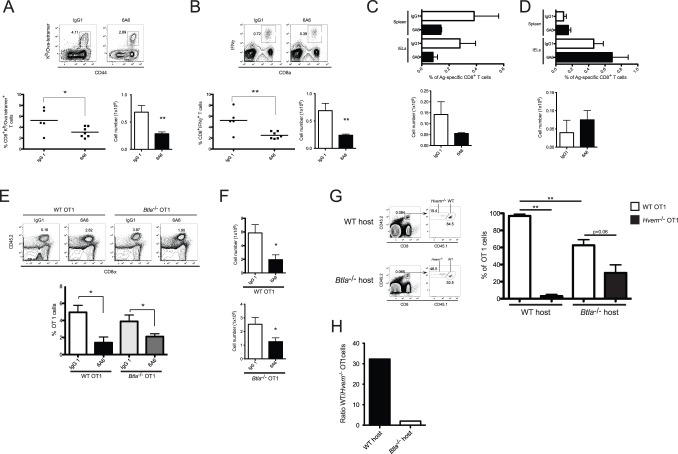Figure 7. BTLA promotes the long-term survival of activated CD8+ T cells through its interaction with HVEM on T cells.
WT mice were injected intraperitoneally with an anti-BTLA blocking antibody (clone 6A6) or isotype control (IgG1), one day before and 2 days after oral infection with 1×109 LM-OVA. A,B- 7 days p.i., endogenous OVA-specific CD8+ effector T cell response was assessed by OVA-tetramer staining (A) and IFNγ intracellular staining after ex vivo stimulation with OVA257–264 peptide (B). C- The percentage and absolute number of endogenous OVA-specific memory CD8+ T cells in the spleen of mice treated with the anti-BTLA mAb as indicated above, were monitored 70 days post LM-OVA infection. Data shown are representative of two independent experiments. D- To assess the effect of blocking BTLA-HVEM interaction at the memory phase of the immune response, WT mice were orally infected with LM-OVA were treated with the anti-BTLA mAb at days 20, 27, 30 and 34 p.i. Endogenous OVA-specific CD8+ memory T cells were measured in the spleen and IEL of the animals, 40 days p.i. Data shown correspond to the average of 8 mice per group pooled from two independent experiments. E,F- To rule out that the anti-BTLA antibody works by engaging BTLA expressed on T cells, WT or Btla −/− OT1 cells were adoptively transferred into CD45.1+ WT mice that were treated with the anti-BTLA mAb as described in A. 7 days after LM-OVA infection, the percentage (E) and absolute number (F) of CD45.2+ OT1 cells in the recipients were measured. Data shown was pooled from two independent experiments. G,H- Co-transfer experiment with equal numbers of CD45.1+CD45.2+ WT and CD45.2+ Hvem −/− OT1 cells adoptively transferred into CD45.1+ WT or CD45.1+ Btla −/− recipient mice. The percentage of memory WT and Hvem −/− cells within total OT1 cells in the spleen of the recipients was measured 70 days p.i. (G). The ratio of WT vs. Hvem −/− memory OT1 cells in the different recipients was calculated (H). Data shown correspond to 7 mice per group, pooled from two independent experiments.

